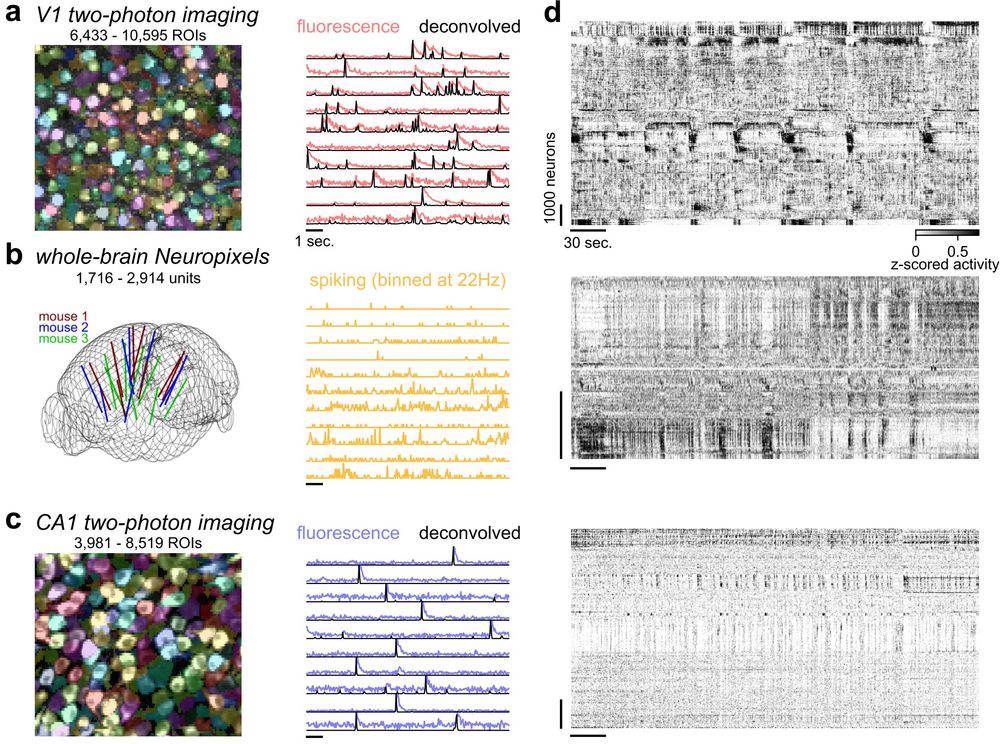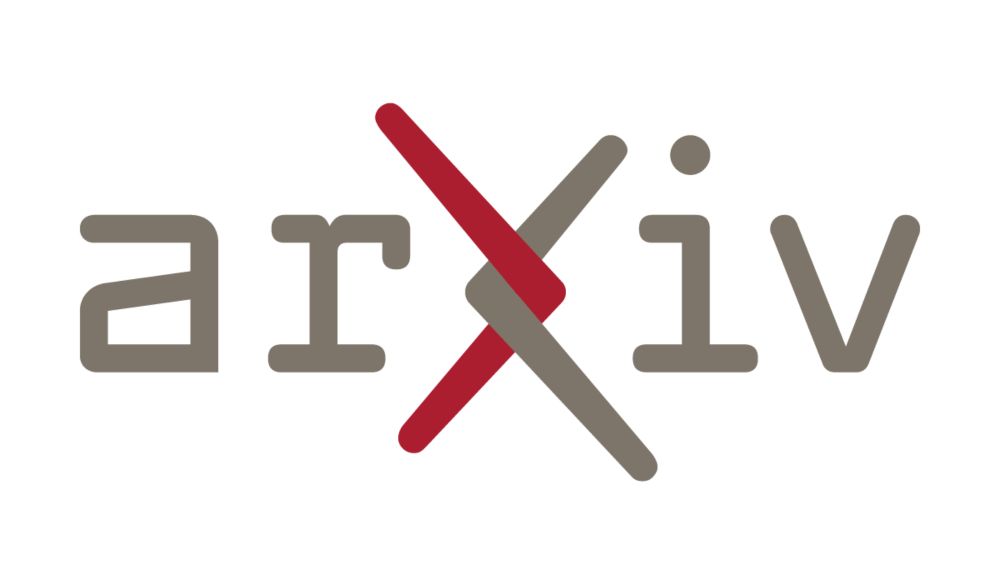Valeria Fascianelli
@valeriafascianelli.bsky.social
160 followers
180 following
3 posts
Computational neuroscientist @ Center for Theoretical Neuroscience, Columbia University, New York
Posts
Media
Videos
Starter Packs
Reposted by Valeria Fascianelli
Aldo Battista
@aldobattista.bsky.social
· Mar 15

A Neural Circuit Framework for Economic Choice: From Building Blocks of Valuation to Compositionality in Multitasking
Value-guided decisions are at the core of reinforcement learning and neuroeconomics, yet the basic computations they require remain poorly understood at the mechanistic level. For instance, how does t...
www.biorxiv.org
Reposted by Valeria Fascianelli
Joao Barbosa
@jbarbosa.org
· Jan 12
Reposted by Valeria Fascianelli
Reposted by Valeria Fascianelli
Mario Dipoppa
@mariodipoppa.bsky.social
· Dec 16

Adaptation shapes the representational geometry in mouse V1 to efficiently encode the environment
Sensory adaptation dynamically changes neural responses as a function of previous stimuli, profoundly impacting perception. The response changes induced by adaptation have been characterized in detail...
bit.ly
Reposted by Valeria Fascianelli





